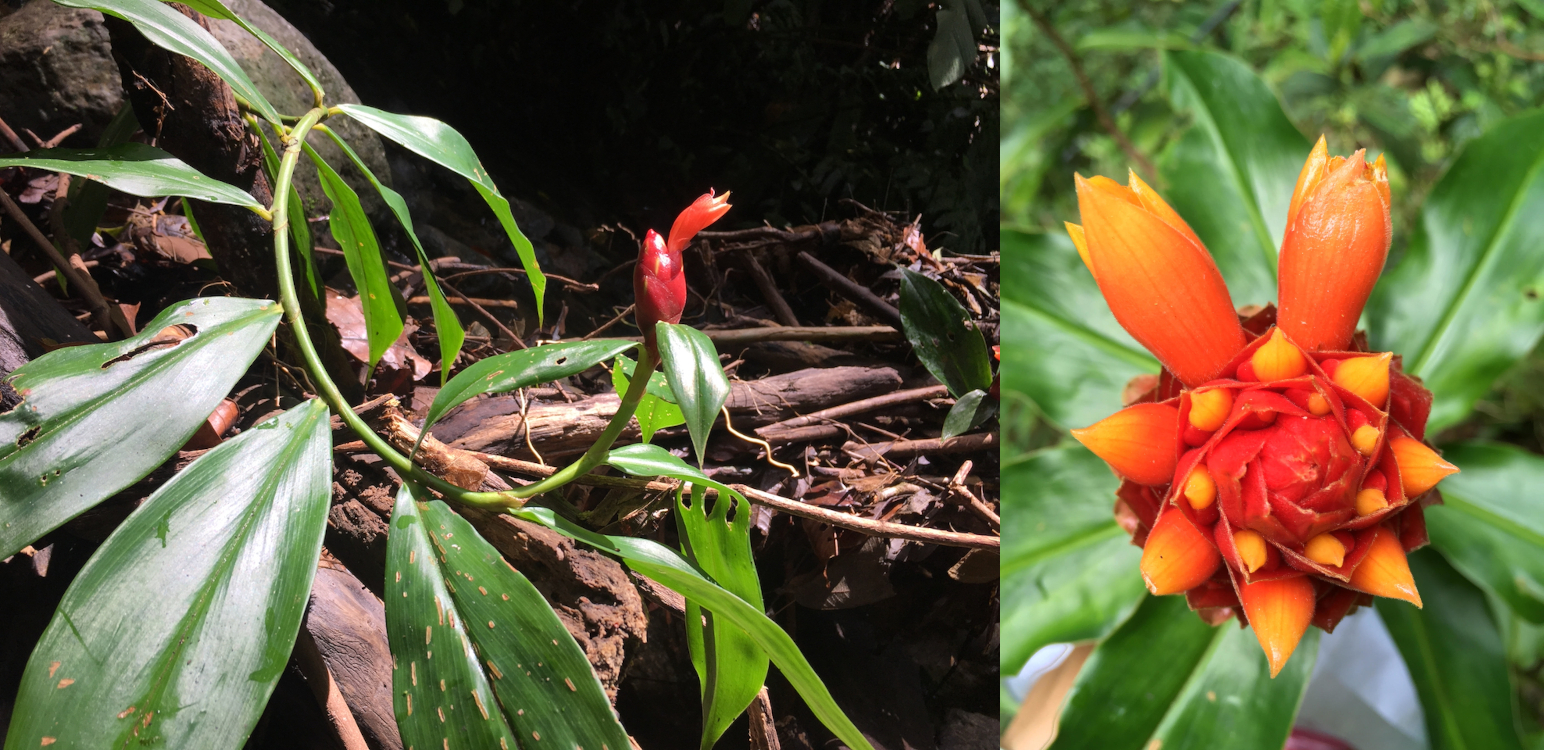Happy places

Though growing scattered across Asia and Africa, spiral gingers (plant family Costaceae) really found their happy place some three million years ago when they took root in Central and South America. It got especially happy for one group of these corkscrew-stemmed plants. Over the millennia, the genus Costus evolved into a whopping 59 neotropical species, sprouting all the way from sea level to the great heights of cloud forests.
A late comer to this plant party, Professor Kathleen Kay began studying Costus two decades ago while earning her doctorate in plant biology from Michigan State University. She zeroed in on neotropical Costus specifically for its unique diversity, perfect for studying how closely related plants become separate, distinct species. “I try to figure out why they stop mating with their close relatives,” said Kay.

More generally, Kay’s research blends field and greenhouse studies with genomics to understand how flowering plants diversify through adaptations and speciation. In a study published in 2020, for example, while Kay and collaborators confirmed a correlation between Costus species richness and mountainous terrain, they also showed how Costus speciation occurred by similar mechanisms regardless of elevation. Beyond its basic science value, her lab’s work could have a more immediate impact. “Understanding how things adapt has important implications for climate change,” said Kay. “Everything’s getting hotter.”
—Katie Brown

